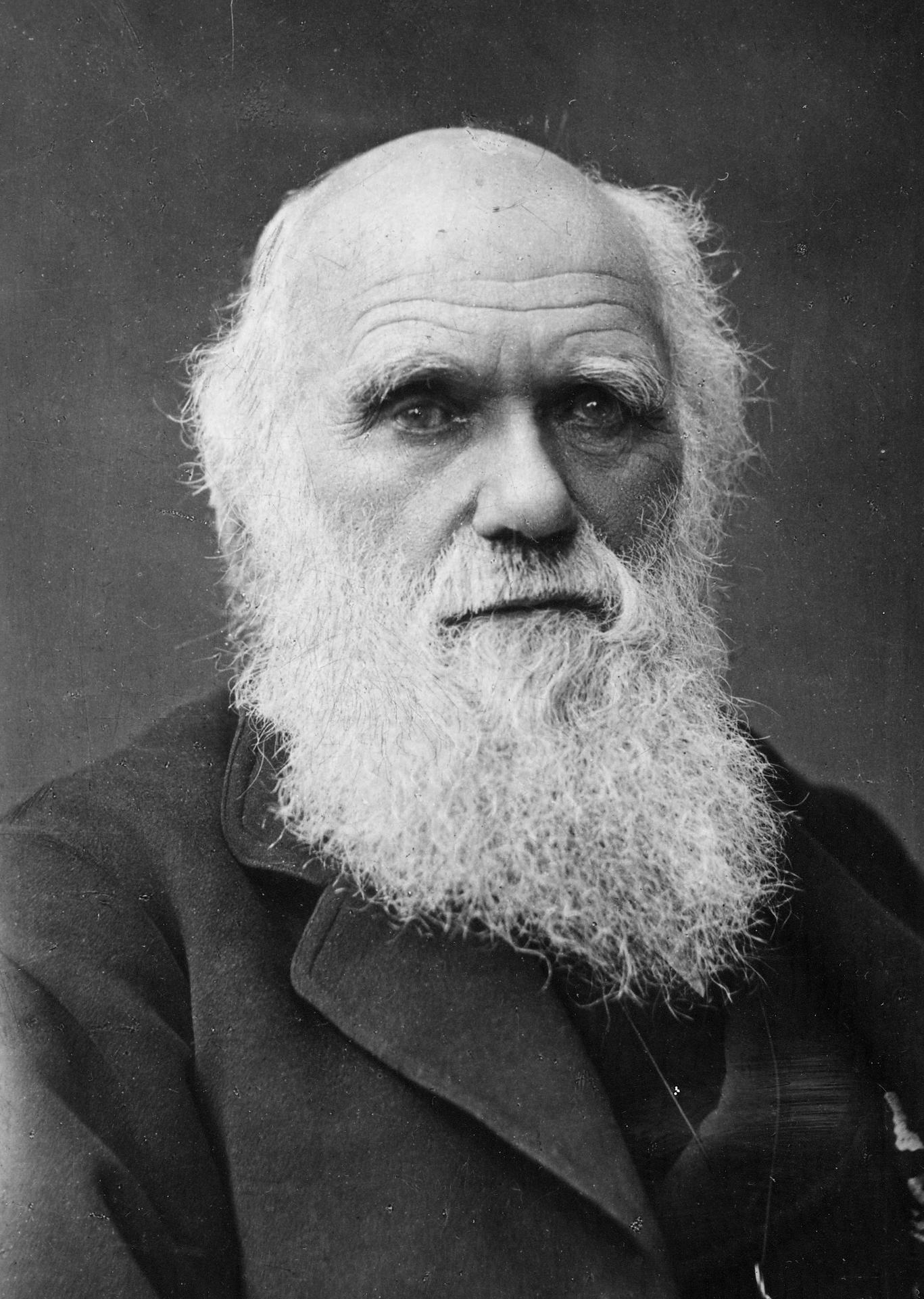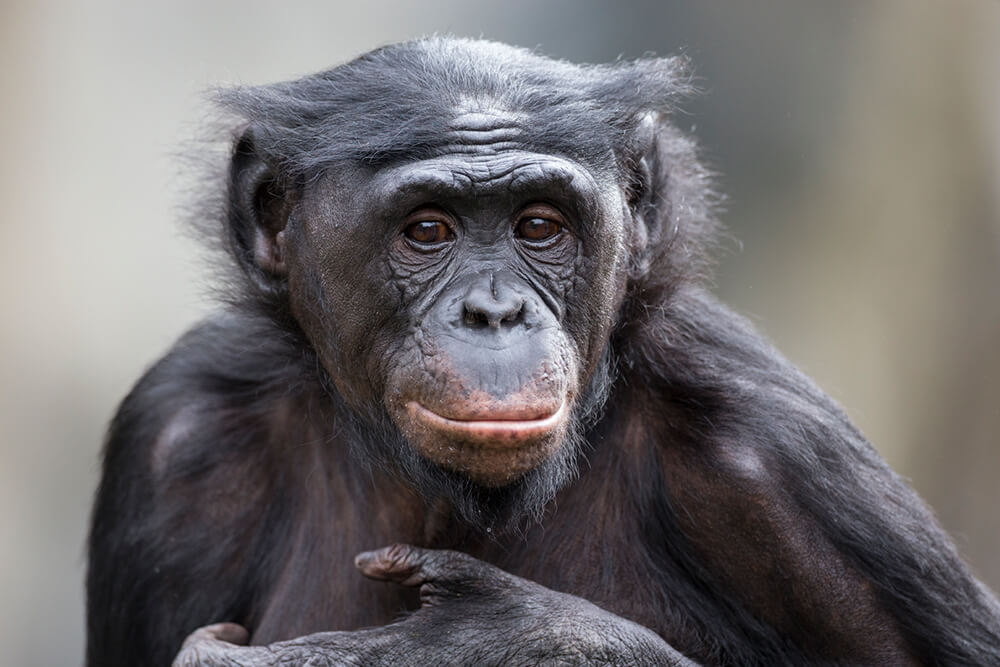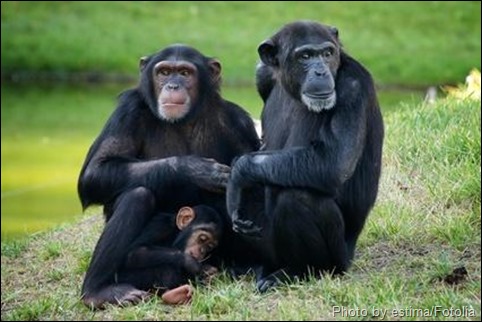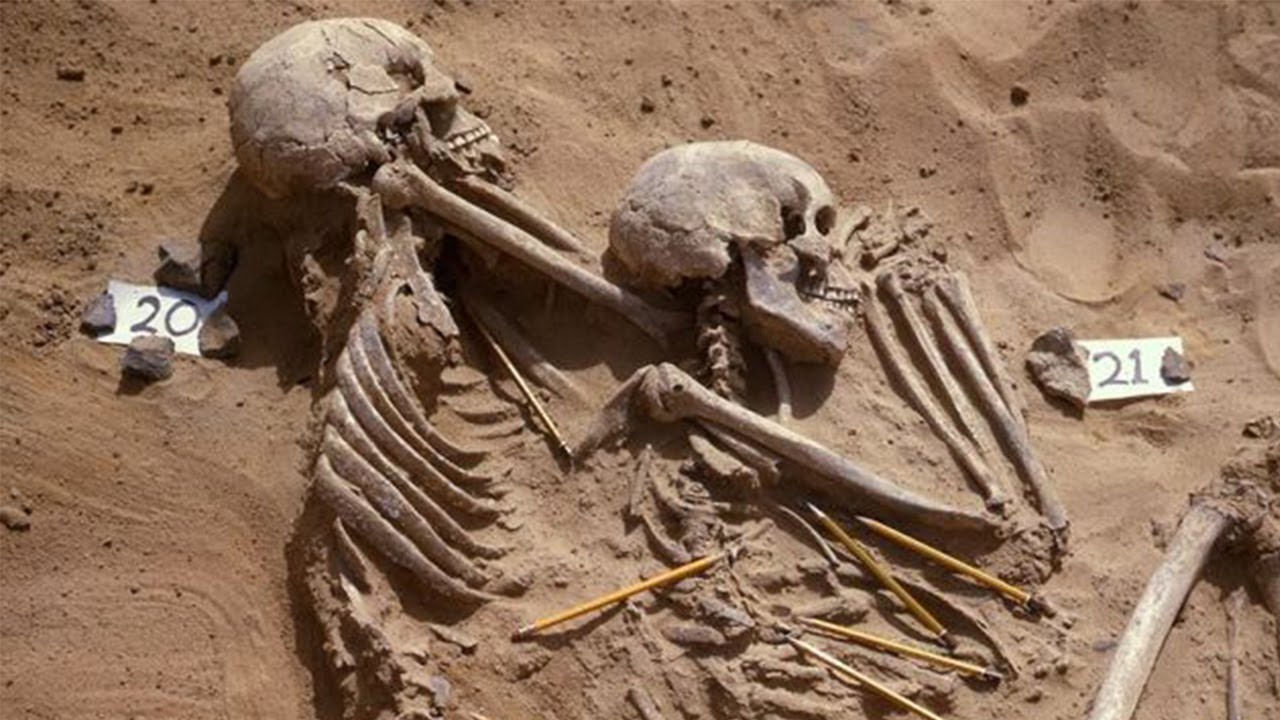Evolution by natural selection as set out in Charles Darwin’s On the Origin of Species from 1859 is often thought of as a constant and bloody struggle for survival. Here, living organisms are engaged in an incessant fight to survive long enough to reproduce and over the long stretches of geological time, species adapt to their environment so as to enhance their prospects of leaving descendants. Those that don’t leave descendants become extinct.
This view of evolution as red in tooth and claw mischaracterizes the totality of Darwin’s thought. In the Origin of Species, Darwin briefly refers to what he calls sexual selection, which he refers to as not “a struggle for existence, but on a struggle between the males for possession of the females”. The peacock is perhaps the clearest example of the concept with its beautiful tail feathers, which it flourishes to attract the attention of a peahen. Its beauty aside, the peacock’s tail must be an ungainly hindrance to the bird in its daily life; its length when trailing on the ground and visibility when displayed must make it easier for a predator to catch. If evolution was just a struggle to survive, why did the peacock have such an impediment to its chances of survival?
 So striking was the example of the peacock in suggesting that there was more to evolution than just a struggle for existence that in 1860, Darwin wrote, “[T]he sight of a feather in a peacock’s tail, whenever I gaze at it, makes me sick!” Peacocks and other examples of such displays lead to Darwin developing his ideas on sexual selection in a later volume entitled The Descent of Man, and Selection in Relation to Sex in 1871, yet this aspect of his theory of evolution has never received the same degree of attention as the concept of natural selection by adaptation, in part due to resistance by some of his original supporters.
So striking was the example of the peacock in suggesting that there was more to evolution than just a struggle for existence that in 1860, Darwin wrote, “[T]he sight of a feather in a peacock’s tail, whenever I gaze at it, makes me sick!” Peacocks and other examples of such displays lead to Darwin developing his ideas on sexual selection in a later volume entitled The Descent of Man, and Selection in Relation to Sex in 1871, yet this aspect of his theory of evolution has never received the same degree of attention as the concept of natural selection by adaptation, in part due to resistance by some of his original supporters.
Birds offer some of the most obvious illustrations of the concept, including the birds of paradise with their extraordinary plumage, saturated in colour. Bowerbirds are another striking example. Male bowerbirds make great efforts to create elaborate bowers, or nests, ornamented with stones, shells and even human debris such as bits of plastic. The females inspect them and, after a number of visits to different bowers, elect to mate with the male they deem to have created the best.
These characteristics do not directly assist in survival except in the limited sense of attracting a mate. If the characteristic leads to an increase in opportunities to mate that outweighs the risks in additional visibility to predators, it assists in the species’ survival.
 Sexual selection plays a role in mammal courtship as well. In many species, the larger a male is, the more likely he is to mate. Females generally choose larger males to mate with, presumably on the basis that larger babies are more likely to survive, dominate others and then mate in turn. Male characteristics that suggest larger size add to their attractiveness to females. Male koalas and hyenas, for example, give out bellows and barks to attract a mate and it seems the deeper the sound, the more attractive it is to females as this suggests a larger male.
Sexual selection plays a role in mammal courtship as well. In many species, the larger a male is, the more likely he is to mate. Females generally choose larger males to mate with, presumably on the basis that larger babies are more likely to survive, dominate others and then mate in turn. Male characteristics that suggest larger size add to their attractiveness to females. Male koalas and hyenas, for example, give out bellows and barks to attract a mate and it seems the deeper the sound, the more attractive it is to females as this suggests a larger male.
In deer, sheep and cattle, the males grow horns or antlers, which can be large and unwieldy. The larger the antlers or horns, the more likely the male animal is to mate. This illustrates how such characteristics can become so pronounced; a feedback loop sets in whereby the females chose to mate with the male with the largest antlers, the best bower and so forth and so males are born which inherit that characteristic. The modification is selected for across the generations, becoming more pronounced.
It is fascinating to consider human evolution from this perspective. The most profound aspect of human evolution, the factor that really defines what it is to be human, is being bipedal. No other primate, or indeed mammal, has the same bipedal form of locomotion that we do. It is possible that the emergence of our higher level of intelligence is only as a consequence of first becoming fully bipedal.
Full bipedalism in our human ancestors followed the divergence between humans and chimpanzees from a common ancestor, around six million years ago. A number of theories have been suggested for why our ancestors became fully bipedal and one of the first was that climatic changes in Africa lead to the opening up of savannas and the reduction in forests. As a consequence, our human ancestors descended from their formerly arboreal habitats, spent more time on the ground and, as a result, became bipedal from striding around their new habitat.
Yet paleoclimatic evidence suggests this environmental change, if it occurred, did not happen around the time that fossil evidence points to bipedalism developing. Other theories include the idea that being upright allows humans to be cooler as more of their body is higher off ground level and also decreases the amount of body area that is directly exposed to the sun. This regulatory control offered advantages in maintaining body temperature and an increased chance of survival.
 It is also possible that partial bipedalism is a characteristic of our older ancestors, including the joint ancestors of chimpanzees and humans, and that chimpanzees are the ones that have changed the most by becoming functionally quadrupedal. Gibbons, for example, are often bipedal when climbing in trees and walking along thin branches and provide an illustration of the nature of our possible original partial bipedalism. According to this theory, human ancestors were already partially bipedal when living an arboreal lifestyle and perfected this when travelling on ground level, whilst chimpanzees took a different course.
It is also possible that partial bipedalism is a characteristic of our older ancestors, including the joint ancestors of chimpanzees and humans, and that chimpanzees are the ones that have changed the most by becoming functionally quadrupedal. Gibbons, for example, are often bipedal when climbing in trees and walking along thin branches and provide an illustration of the nature of our possible original partial bipedalism. According to this theory, human ancestors were already partially bipedal when living an arboreal lifestyle and perfected this when travelling on ground level, whilst chimpanzees took a different course.
The fossil record for human ancestors is far from complete and it is challenging to draw a conclusion from it that definitively establishes why our ancestors became fully bipedal. This is especially so if the reasons for this were primarily behavioural as it is likely that this will have to be inferred from the fossil evidence.
Bipedalism has a number of disadvantages to humans compared to our quadrupedal great ape relatives. Most significantly, it makes childbirth more difficult and dangerous for both mother and baby. It also makes humans more susceptible to back and knee problems and meant that our ancestors sacrificed the foot’s opposable “thumb” and its ability to grasp objects.
If standing and walking upright has such significant drawbacks, it might be as a result of factors that are not directly related only to survival. This suggests that our bipedal gait is due to sexual selection instead, at least in part. Sexual selection can radically alter an organism’s form and behaviour, as it did with the peacock, so it is not out of the question.
 Richard Dawkins has suggested that it might be as simple as that – standing upright became an attractive trait at some point amongst our ancestors. In his book The Ancestor’s Tale: A Pilgrimage to the Dawn of Life he suggests that at some point in our evolution, those who engaged in the new “fashion” of standing and walking on two legs were attractive to potential mates, gained reproductive success and left descendants whereas, over time, those who weren’t bipedal failed to mate. As described above, this trait could quickly become established and grow more and more pronounced as the generations passed by. At least initially, the practical utility of being bipedal may have been irrelevant.
Richard Dawkins has suggested that it might be as simple as that – standing upright became an attractive trait at some point amongst our ancestors. In his book The Ancestor’s Tale: A Pilgrimage to the Dawn of Life he suggests that at some point in our evolution, those who engaged in the new “fashion” of standing and walking on two legs were attractive to potential mates, gained reproductive success and left descendants whereas, over time, those who weren’t bipedal failed to mate. As described above, this trait could quickly become established and grow more and more pronounced as the generations passed by. At least initially, the practical utility of being bipedal may have been irrelevant.
Standing upright might have also been important in terms of sexual selection as being bipedal helps in displaying the body to potential mates. An example of such a display could be human female breasts, which are larger than those of other primates. Chimpanzee breasts are flatter unless they happen to be lactating, in which they are enlarged to store milk. Human breasts are permanently in this larger condition and it is possible this is a display to attract a mate. If so, this would be an unusual example of a female displaying to attract a mate. Standing upright helps display the breasts more easily.
Similarly, it has been suggested that standing upright helps the male display his genitals to females. Dawkins has elaborated on this point by noting that male humans, unlike other great apes, lack a penis bone or baculum. An erection in the human penis is entirely due to blood pressure and Dawkins suggests that the lack of a baculum has evolved so that the erect penis can act as an indicator to a potential mate of both physical and mental health. This might seem speculative, but points such as these are potentially fundamental to human reproductive success and so could have played an important role in our evolution.
An interesting point to consider is that human evolution may have been subject to much more randomness than either natural or sexual selection might imply. At the genetic level, evolution is due to random mutations. Given a large population and a long period of time, we can interpret changes in the organism’s form or behaviour as making it better suited to survive or attract a mate. Yet if the population is small, such changes do not have sufficient individuals to produce a pronounced difference and the random background of mutations and events can prevent natural or sexual selection from playing the role in the species’ evolution that we would normally expect.
It seems that for a long time, our human ancestors suffered from just this perilous condition. In the six million years or so since we diverged from chimpanzees, for the vast majority of the time, the line of animals that lead to the chimpanzees outnumbered our ancestors. We have, until very recently, been generally unsuccessful animals, with an insignificant population. Genetic studies of chimpanzees indicate they are more evolved animals than we are, as evolution has had more material to act upon. As a result, random mutation may be a more important factor in human evolution than we might care to think.
The transition to full  may have arisen as a result of many of these factors acting together; it is unlikely that it was just one cause. For example, perhaps sexual selection started the process but when the practical advantages gave our bipedal ancestors a better chance of survival, the change really took hold. The incompleteness of the fossil record and the generally interpretative context of much of these issues suggest it is possible that there will never be a definitive answer as to how or why humans became fully bipedal. As more fossils are uncovered, more will be learned about our ancestors and our evolution and it will be fascinating to see the story unfold.
may have arisen as a result of many of these factors acting together; it is unlikely that it was just one cause. For example, perhaps sexual selection started the process but when the practical advantages gave our bipedal ancestors a better chance of survival, the change really took hold. The incompleteness of the fossil record and the generally interpretative context of much of these issues suggest it is possible that there will never be a definitive answer as to how or why humans became fully bipedal. As more fossils are uncovered, more will be learned about our ancestors and our evolution and it will be fascinating to see the story unfold.
